Renewed commitment to wetland restoration in Yaqan NuɁkiy
Phase one in monitoring mode; onward with phase two
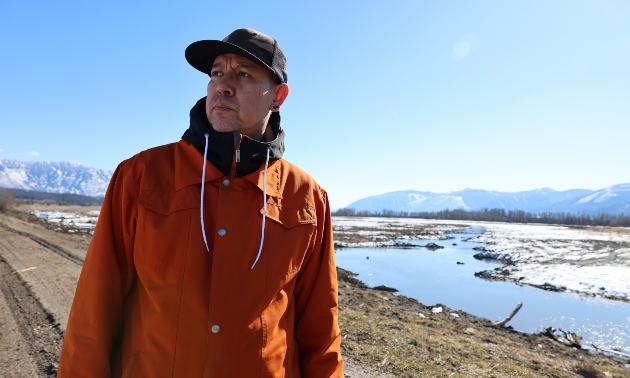
Community Planner Norman Allard Jr. is leading wetland restoration for Yaqan Nu?kiy. — Photo courtesy the Columbia Basin Trust
The community of Yaqan NuɁkiy is not one that likes to sit back and marvel at progress. Currently in the twilight of what was a project to restore a 517-hectare hunting-ground ecosystem near the confluence of the Goat and Kootenay rivers near Creston, the community is back at it, restoring another section of wetland just south of the initial project.
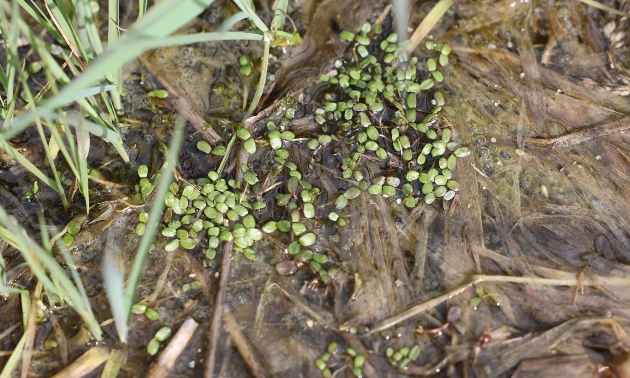
- Photo courtesy the Columbia Basin Trust
Although similar in concept, the scope of phase two is far greater—four times the size, in fact. This area of 2,000+ hectares was once a flourishing wetland for a myriad of plants, animals and people, well before the historic altering of waterways. The project—extremely important ecologically—will also have benefits that run much deeper than the roots of a cattail.
“This project is critical for the people of Yaqan NuɁkiy, who have always been wetland people,” says Norman Allard Jr., Community Planner. “They have always maintained and interacted with the wetland and are dependent on it. They always respect the area so that it will be available when we need it. This is part of their culture.”
With support from Columbia Basin Trust—which bolsters community efforts to maintain and enhance ecosystems in the Columbia Basin to encourage a healthy and resilient environment—phase two has started with great optimism. With knowledge gained and lessons learned, the project is poised to have end results like that of phase one—a now functioning wetland that is holding water despite the increasing temperatures and droughts associated with climate change.
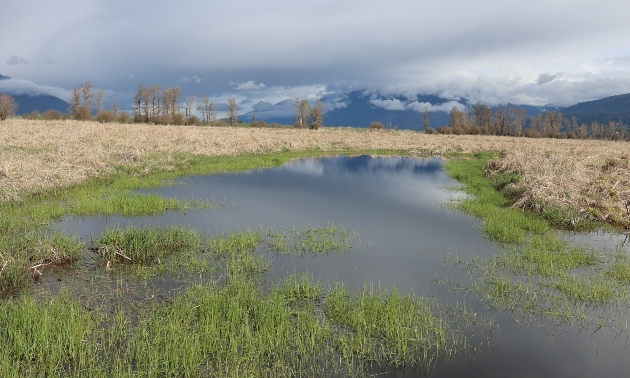
- Photo courtesy the Columbia Basin Trust
Wetlands are the lungs of nature. Spongy, full of oxygen and life, a healthy wetland in the Creston area is a magnificent sight. The Yaqan NuɁkiy are creating habitat for several species at risk, solely by bringing water back to the landscape.
The area is becoming increasingly hospitable for endangered nesting black swift populations. Burbot and white sturgeon are benefiting from the reconnection of the floodplains, equating to greater success rates during spawning. Northern leopard frogs, western toads and western painted turtles are becoming ever more common along the sandy banks and vegetation-rich bogs.
A natural fluctuation is once again occurring in the area as the human-made dykes are removed. The ebb and flow promotes native organisms to return, and in many cases, assists in driving invasive species out.
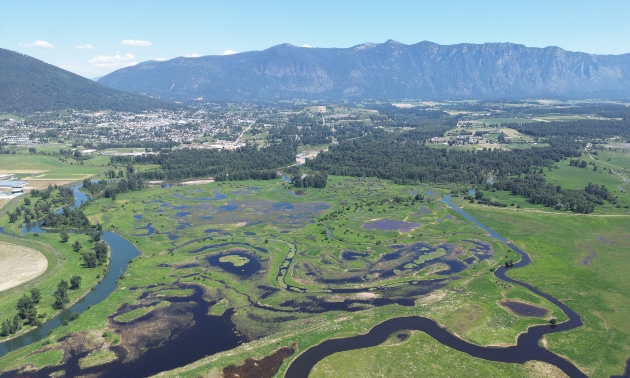
- Photo courtesy the Columbia Basin Trust
“With the American bull frog invasion to our area, we are hoping our efforts will help towards eradicating them,” says Allard Jr. “Bull frogs prefer warm, stagnant water to live and reproduce. Although an official study has yet to be complete, we have been noticing fewer bull frogs in the area as more fresh water is coming in naturally. This has been very interesting to observe.”
With an end date of phase two stretching into 2027, the project is just getting underway. The Yaqan NuɁkiy have always been a part of the wetland, and never apart from it. As important traditions like that of collecting duck eggs slowly come back into practice, the coming changes to the area will have Creston flora and fauna breathing easier.

- Photo courtesy the Columbia Basin Trust
Follow the progress of phase two and look back at the work completed during phase one on Allard’s Youtube Channel.
Yaqan NuɁkiy’s wetland restoration projects are supported by the Trust’s Ecosystem Enhancement Program. Since 2017, the program has provided $16.6 million in funding to support 31 projects across the region. These initiatives have enhanced 6,487 hectares of terrestrial habitat and rehabilitated 17.8 million square meters of aquatic habitat.

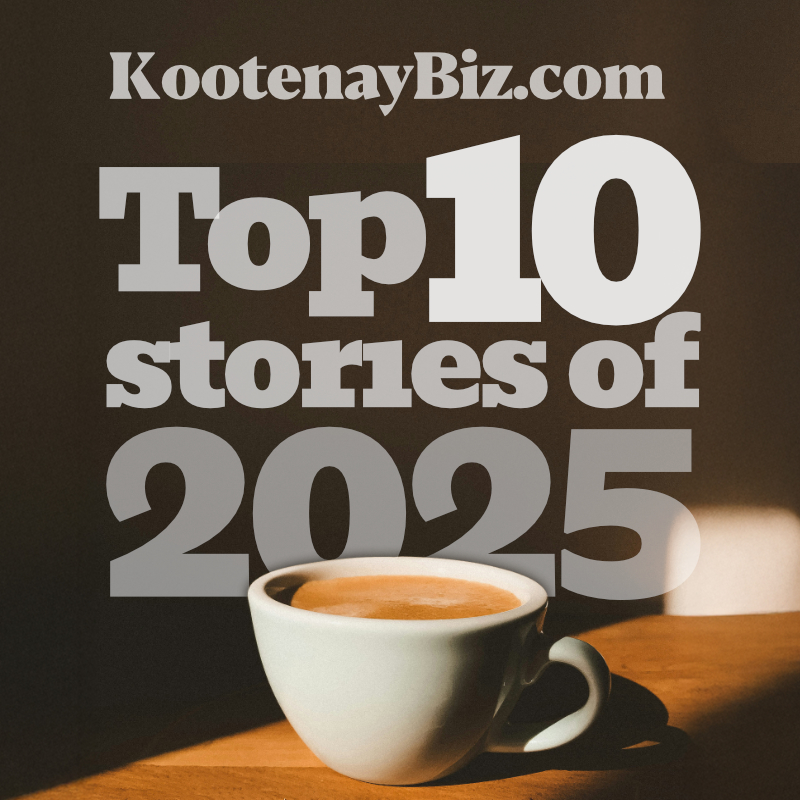
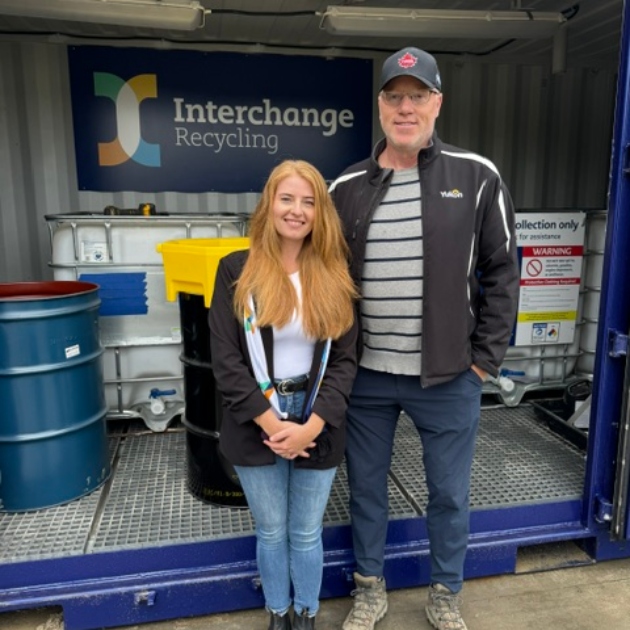


Comments